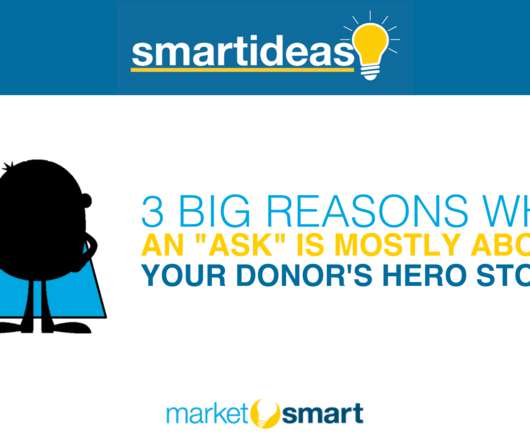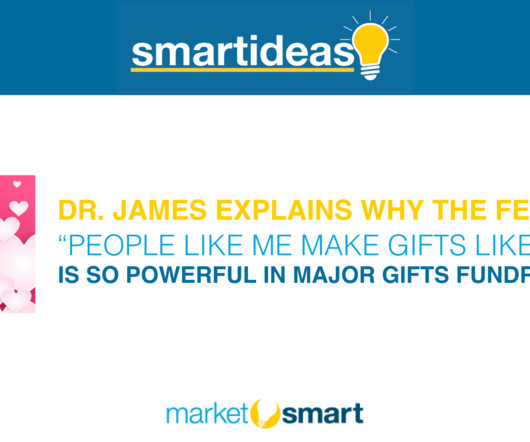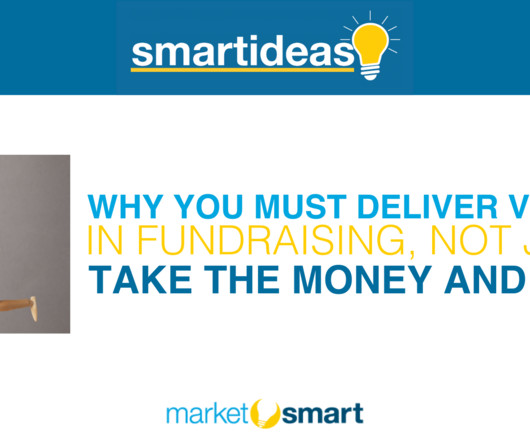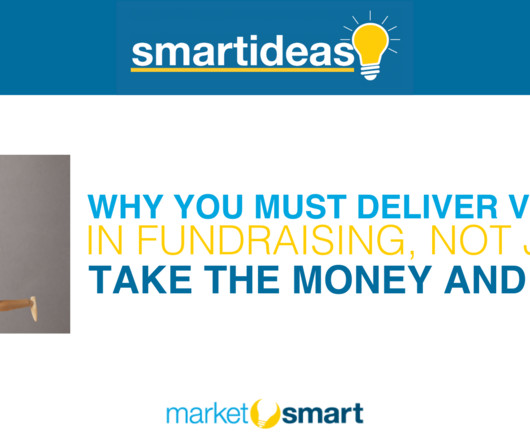Zero-Problem Philanthropy
Stanford Social Innovation Review
OCTOBER 16, 2023
The Problem With Problem-Solving Solving problems to improve people’s lives has been philanthropy’s raison d’être. However, some criticisms have arisen regarding the approach philanthropies take in problem-solving. Can this vision be applied to philanthropy? Three examples demonstrate the Zero-Problem Philanthropy approach.















Let's personalize your content